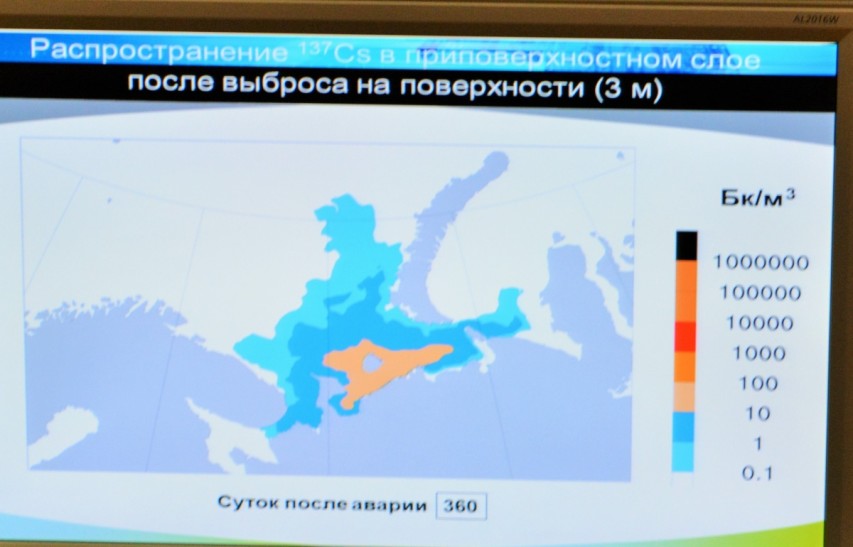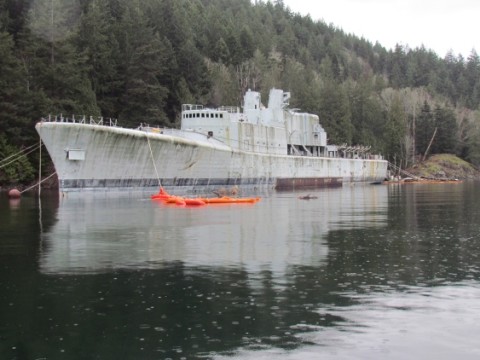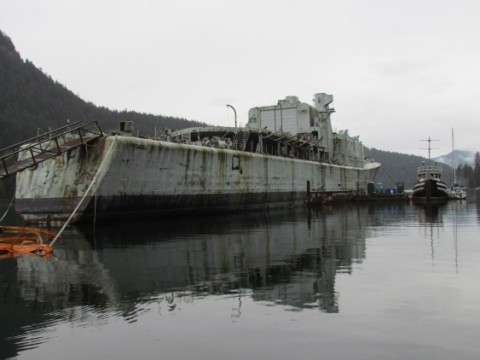Which is when I realized I was in the presence of a true believer whose mind would not be dented by facts. I let Dan lead her to the computer and make up the order, and older son has nicknamed me “She who makes washer saleswomen cry.”
So, what is the point of this? If it were just a funny story about buying a washer, I might still tell it, but it’s not.
Look, the problem is that we are being ruled (and yep, ruled, not governed) by a group of people who, like the saleswoman, think the intention is the thing.
We’ll leave aside for a moment the need or wisdom for water/electricity/etc. saving. First, in Colorado water is expensive so saving it is always a good idea. Second, that is not what their measures are achieving.
Take our first exposure to water saving toilets, twenty some years ago. We built a new bathroom and needed a toilet and the only ones for sale were “water saving.” What this meant in practical fact was that I acquired a new hobby: flushing the toilet.
The toilet worked (supposedly) with half the water, but it took four flushes to get anything, even a little bit of toilet paper, down. Do the math. I was expending twice as much water, and a lot of time and frustration. (We quickly switched to air assist. After the experience.)
In the same way, our current dishwasher complies with water and electricity saving measures. This means to achieve the same temperature, it has a thick coat of insulation ALL around. Which means it takes half the dishes at a time. Again, do the math. I have to run it for twice as long, which means no savings.
It has an additional unamusing quirk. Every time you wash, you have to select hot wash and sanitizing. Otherwise it just sloshes some water at the dishes and calls it done. We didn’t figure this out for five years which means for five years we conducted a study in epidemiology. I mean, guys, even in the village, when we were poor as Job, grandma boiled water for the final dish rinse to be as hot as possible. Otherwise you not only get not really clean dishes, you get to share the germs of everyone whose dishes go in the same water.
Then there’s the washer. The first we bought was the Neptune, years and years ago, which was so water saving it developed mold and mildew.
The current one recycles the water, so it washes better, but the rinses must happen, and the rinses, again, make it use the same water as anything else. All the low-water washers need a lot of rinses.
“But Sarah, you have a condition that makes you sensitive to detergent. Other people don’t.”
Granted. Which is why there hasn’t been an uprising with pitchforks, or at least washing mangles, yet. Because for the last five years I’ve been a slave to that washer and I’ve always been behind in the wash to the point that we ended up buying four times the clothes we needed, because the wash was bound to be backed up. When each load takes a minimum of two hours (the boys also react to detergent) and you have 14 or so loads a week (not counting cats peeing on Robert’s bed – yes, always his bed. Don’t know why) things slow to a crawl.
And the answer “Oh, you need to use less detergent.” BUT the cleaning went down in proportion to the detergent going down.
I’m not going to talk to other “eco friendly” measures or not extensively. I don’t have the personal experience to.
I do, however, know that the curly lightbulbs were a fiasco. I know that attempts to wish into existence energy by means other than fossil fuels are either failures or scams (Solyndra) and I know that the “enhanced” with “fillers” gas destroys cars, so that they have to be replaced sooner. Now, I’m not an expert, but I’d guess the manufacturing process causes more pollution than just burning regular gas.
So why do they keep passing ever more and more restrictive laws, demanding the thing we use for everyday living meet THEIR standards which as far as I can tell they pull from air?
I think it’s the arrogant certainty that if they keep whipping the dead horse it will get up and pull the load. Or in other words, they’re sure that the only reason they’re not getting what they want is that some mean person is holding it back from them, and if they demand it loud enough and now with more laws, it will eventually be given.
Think of them as the kid throwing himself to the floor in the candy isle and screaming for candy, refusing to hear his mother’s answer that she has no money. That’s about what they are: tyrannical, demanding, infantile and blind to reality.
And of course, when reality fails to comply with their dreams, they just scream louder. Or in this case, they pass laws which distort the simplest facts of daily living for the rest of us.
How long are we going to be hostage to brats who are unable to realize laws don’t cause reality to happen and words have no force to change facts of life?
How long till we get tired of being forced to do household chores inefficiently and paying for it in both time and money, without any appreciable benefit to anyone.
Eric Scheie over at Classical values, when I blogged there, had a post about there being a war on things that work.
He was right, though the intent is “creating a world where things work the way bureaucrats want them to” – which mostly means in defiance of scientific fact.
It is time to take back science, and common sense too.
And in the meantime, we can make washer saleswomen cry!








